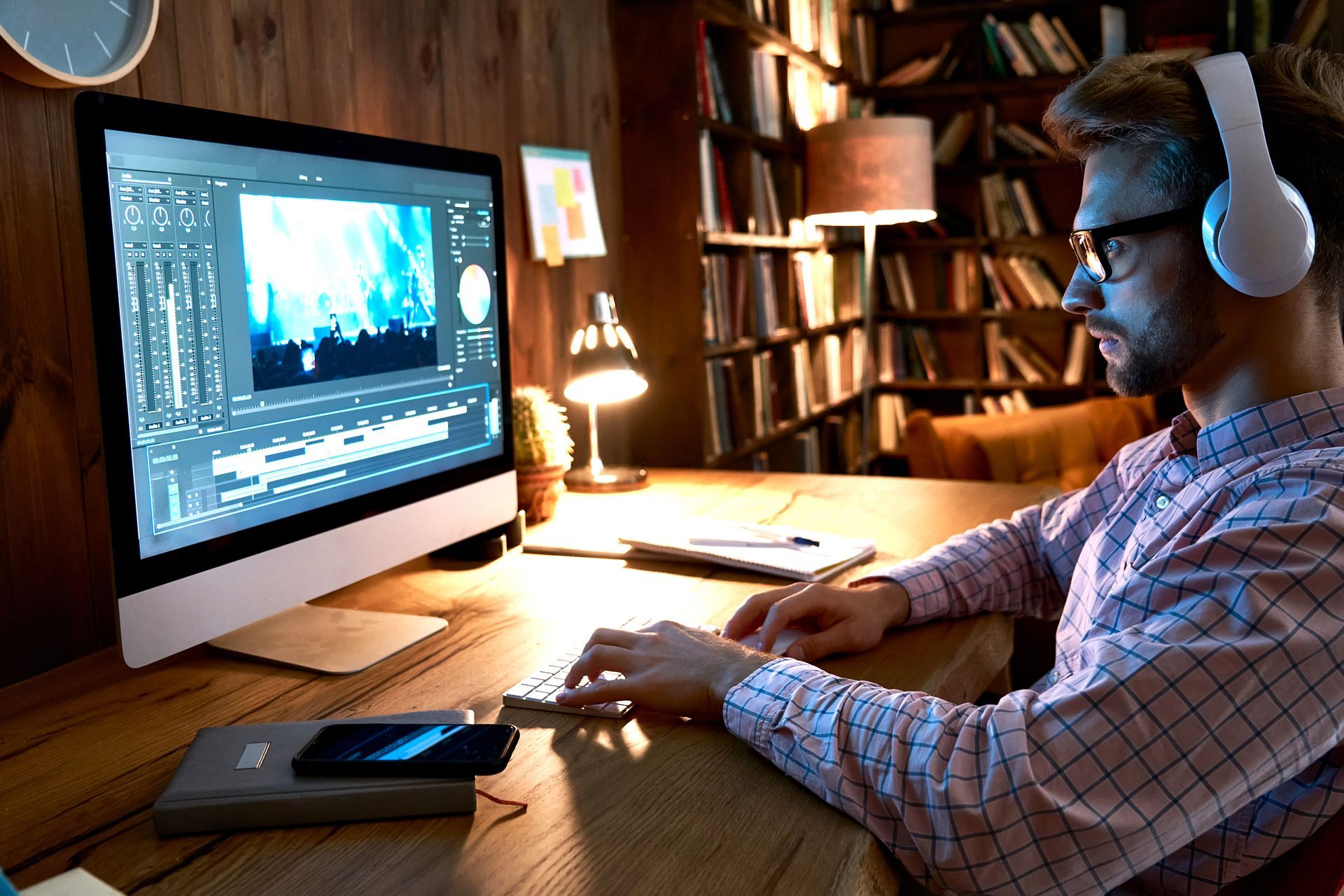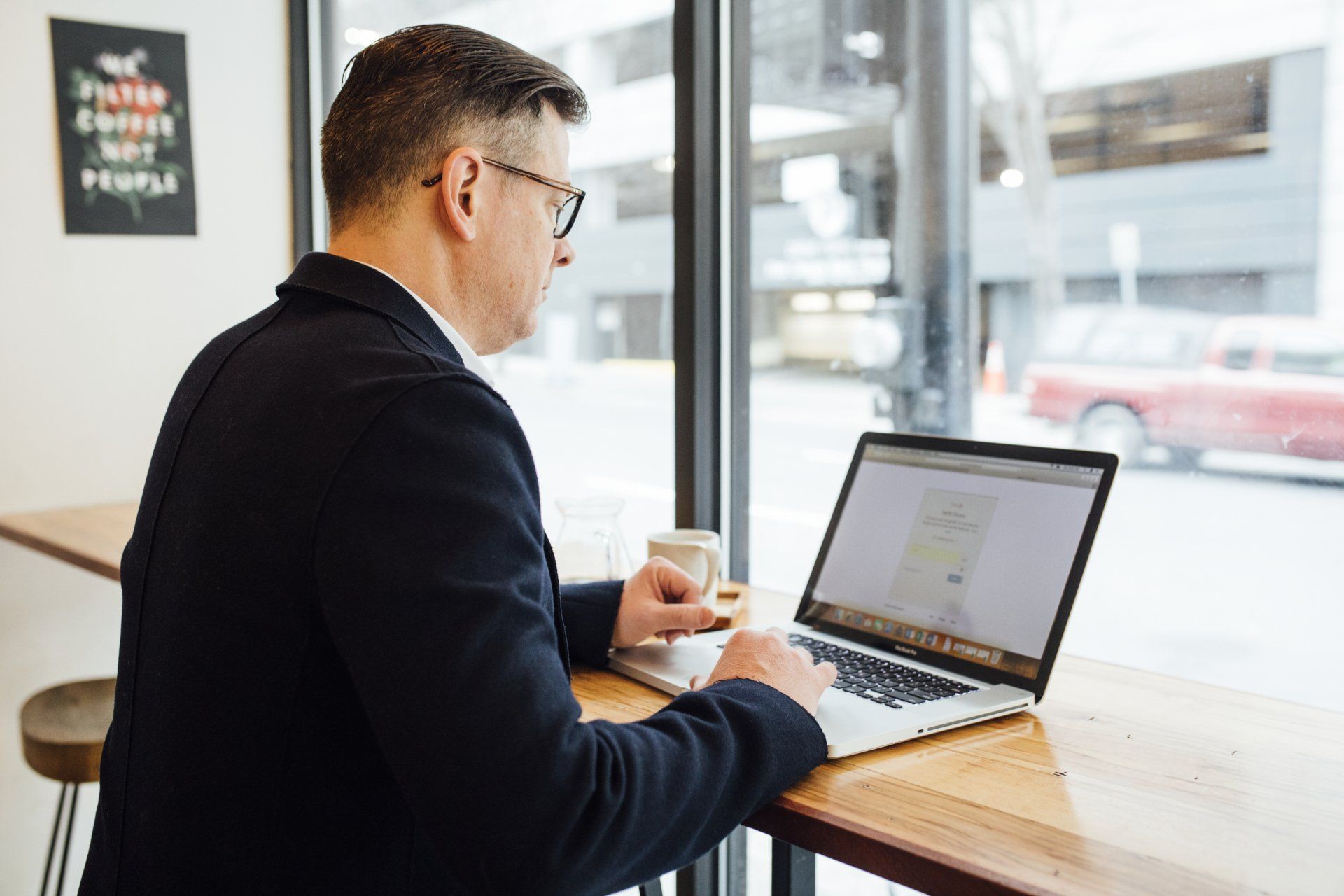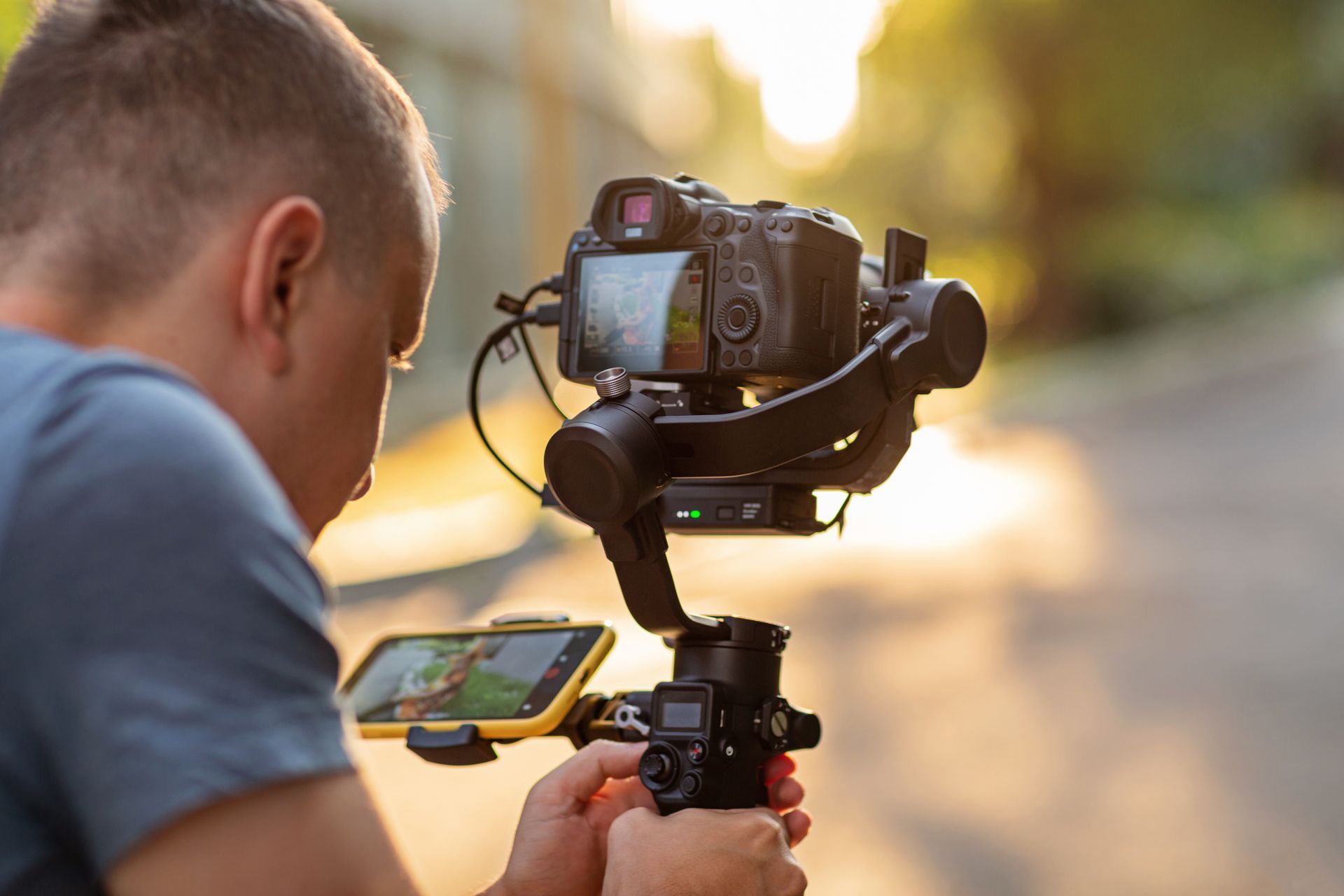You know what makes a movie scene more powerful? Music. It plays a big role in storytelling. Think about it. A thrilling chase scene needs fast, exciting music. A romantic moment? Soft, gentle tunes are the way to go. In short, music brings videos to life.
Misconception About the Complexity of Adding Music to Videos
Many people believe adding music to videos is hard. They think it's something only tech-savvy folks can handle. But that's not true. Yes, it might seem tricky at first. But with the right tools and guidance, anyone can do it.
Goals of the Article
In this article, we will debunk the myth. We will break down the process of adding music to videos. We aim to make it simple, even for beginners. By the end, you'll be adding music to your videos like a pro. Let's get started.
Importance of Music in Video Creation
Enhancing the Emotional Impact
What does music do in a video? It creates feelings. It can make you laugh, cry, or feel suspense. Imagine watching a horror movie without music. It wouldn't be half as scary, right? So, adding the right music can make your video more effective.
Creating Pacing and Rhythm
Music sets the speed of your video. A fast-paced song can make things feel energetic. A slow song can make things feel calm and relaxed. Pacing is key in telling your story. So, choose music that fits your video's pace.
Helping to Tell the Story
Music aids in storytelling. It can give clues about what's going to happen next. It can also highlight key moments in your video. So, it's a powerful tool. Choose your music carefully to enhance your video's story.

Legal Aspects of Using Music in Videos
Explanation of Copyrights
You can't just use any song in your video. There are laws called copyrights. They protect the rights of the music creator. Using copyrighted music without permission can lead to trouble. You might have to pay fines. Your video might also get removed. So, always respect copyrights.
Overview of Royalty-Free Music and How to Find It
What's the solution? Use royalty-free music. These are songs you can use without worries. You won't have to pay royalties each time you use them. You can find these songs on many websites. Some are free, while others require a one-time payment.
Importance of Reading and Understanding Licensing Agreements
However, be careful. Always read the licensing agreement. Each website or platform has different rules. Some allow you to use their music for personal use only. Others allow commercial use too. Understand these rules before using the music.
Choosing the Right Music for Your Video
Determining the Mood of Your Video
Start by figuring out your video's mood. Is it happy or sad? Exciting or relaxing? The music should match this mood. A cheerful song won't work in a sad scene.
Selecting Appropriate Music Genres
Think about the music genre too. A documentary might need classical music. A workout video might need electronic or pop music. The genre should suit your video's content.
Paying Attention to Music Tempo and How It Can Affect Your Video
Tempo is the speed of the music. It plays a key role in your video's feel. Fast-tempo music can create excitement. Slow tempo music can create a relaxed feel. Choose a tempo that fits your video's pace.
Basic Concepts of Music and Video Editing
Understanding Video Editing Software
Now, let's talk about editing. You'll need software for this. There are many options available. Some are easy for beginners. Others have advanced features for pros.
Familiarity with Audio Tracks and Layers
In video editing, you deal with tracks. Think of them as layers. You have a video track. You have an audio track for music. You might have more tracks for sounds or voices. You'll learn how to work with these tracks.
Importance of Syncing Audio with Video Content
Here's an important point. Your music must match your video scenes. It's called syncing. For example, if your video has a surprise, the music should change at that point. Proper syncing makes your video more engaging.
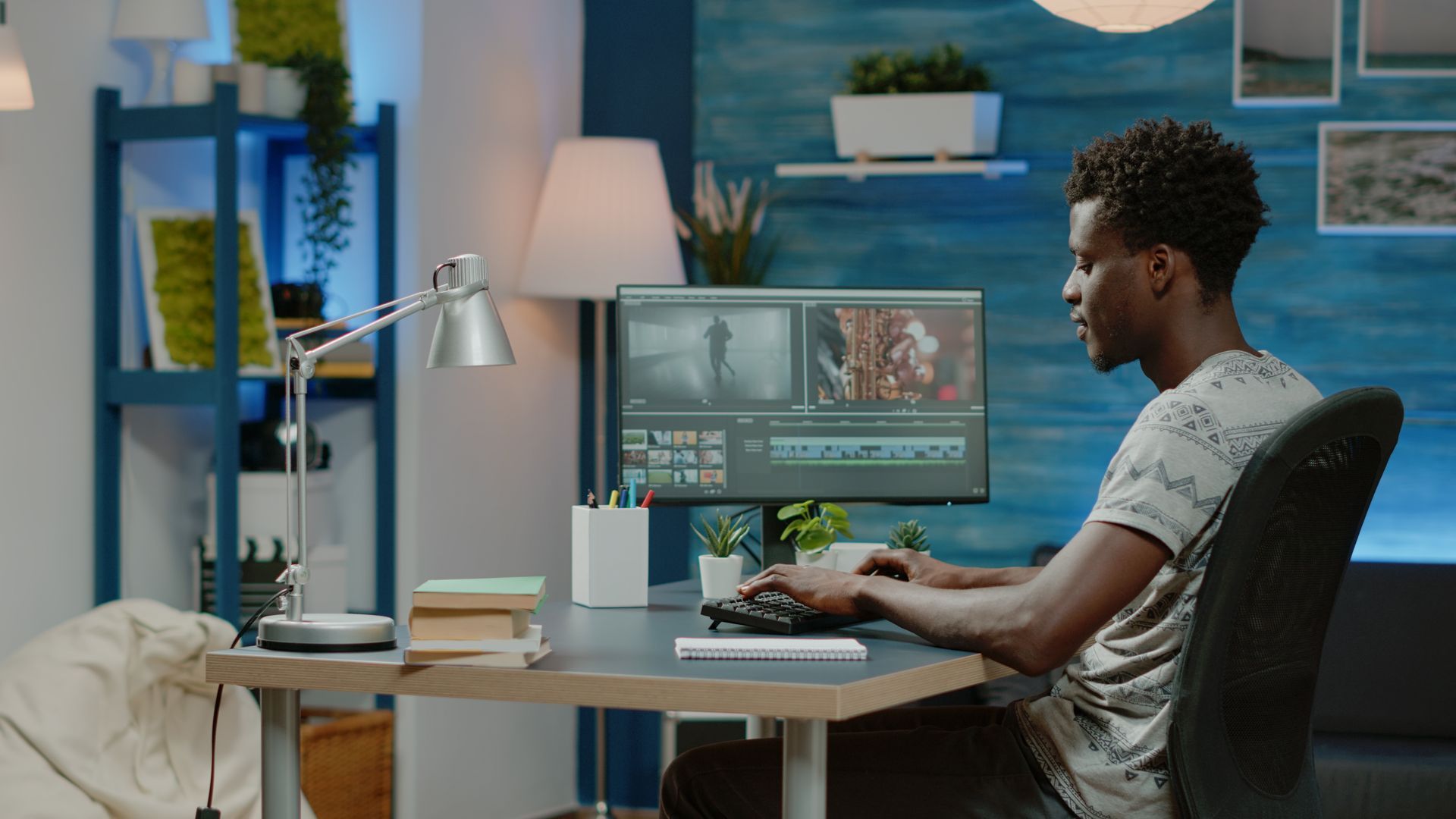
Step-by-Step Guide on How to Add Music to Videos
We'll share tips and tricks to make your videos stand out. Plus, we'll warn you about common mistakes to avoid. This guide is your path to becoming a video editing pro.
A. Choosing a Video Editing Software
First, you need video editing software. For beginners, user-friendly options are best. Software like iMovie for Mac users or Windows Movie Maker for Windows users are good starting points. They have simple interfaces. They also have enough features to get you started.
If you want more control, consider advanced software. Adobe Premiere Pro, Final Cut Pro, or DaVinci Resolve are examples. They are professional-grade. But they also have steeper learning curves. Choose what suits your skill level and needs.
B. Importing Your Video and Audio Files
Next, you need to import your files. This means bringing your video and music into the software. Most software lets you do this by dragging and dropping the files. Others have an import menu. Check your software's instructions to know how to do this.
C. Placing and Adjusting the Music on Your Video Timeline
After importing, it's time to place the music. Every editing software has a timeline. This shows the sequence of your video. You'll find your video and audio tracks here.
Drag your music to the audio track. Move it around to place it where you want. If the music is longer than your video, you must cut it. Most software lets you do this with a simple click and drag.
D. Syncing Music with Specific Video Scenes
Syncing is crucial. The music should change with your video's mood. You do this by placing the music at the right points on the timeline. For example, if a happy scene starts at one minute, put happy music at that point.
E. Adjusting Music Volume to Balance with Video Sounds
Sometimes, your video has sounds. These might be people talking or background noise. You want your viewers to hear these sounds. So, you'll need to adjust the music volume. Most software lets you do this with a volume slider.
F. Exporting Your Final Product
After everything, it's time to export your video. This means creating a single video file with your edits. Go to the export or render menu in your software. Choose your settings and click export. Wait for the process to finish. You now have a video with music.
Don't worry if this sounds complicated. You'll get the hang of it with practice. And remember, even professional editors started as beginners. So, don't give up. With time and practice, you'll get better.
Tips and Tricks for Adding Music to Videos Like a Pro
Let's move on to some pro tips. These will help your videos stand out.
Using Music to Transition Between Scenes
Transitions are how you move from one scene to another. Music can help with this. For instance, a change in the music can signal a new scene. This makes transitions smoother.
Fading in and Out of Music
You don't want your music to start and stop abruptly. It's jarring. Instead, make it fade in and out. Most software lets you do this easily. It makes your video sound smoother.
Using Sound Effects Alongside Music
Sound effects can add to your video. They can make things more realistic. For example, use a sound effect for a door slamming or a car horn. But be careful not to overdo it. Too many sound effects can be distracting.
Learning from Professional Video Examples
You can learn a lot from other videos. Watch movies or professional videos. Please pay attention to how they use music. This can give you ideas for your videos.
Common Pitfalls and How to Avoid Them
Like anything, adding music to videos has pitfalls. Here are some common ones and how to avoid them.
Choosing Music That Doesn't Fit the Video Mood
The music must fit the video's mood. Happy music won't work in a sad scene. Always consider the video mood when choosing music.
Violating Copyright Laws
Always respect copyright laws. Don't use copyrighted music without permission. Instead, use royalty-free music or get permission.
Overpowering the Video Content with Music
Music should enhance your video, not overpower it. If your video has dialogue or important sounds, the music shouldn't drown them out. Always adjust the music volume to balance with other sounds.
Final Thoughts
Adding music to videos isn't as hard as it seems. Yes, it takes practice. But with this guide, you're well on your way to mastering it. Remember the basics. Choose the right music. Sync it with your video. And adjust the volume.
But don't stop there. Learn from others. Try new things. Make mistakes and learn from them. Editing is a skill. The more you practice, the better you'll get.
So, go on. Start experimenting with adding music to your videos. You might surprise yourself with what you can do. And who knows? You might discover a new passion for video editing.
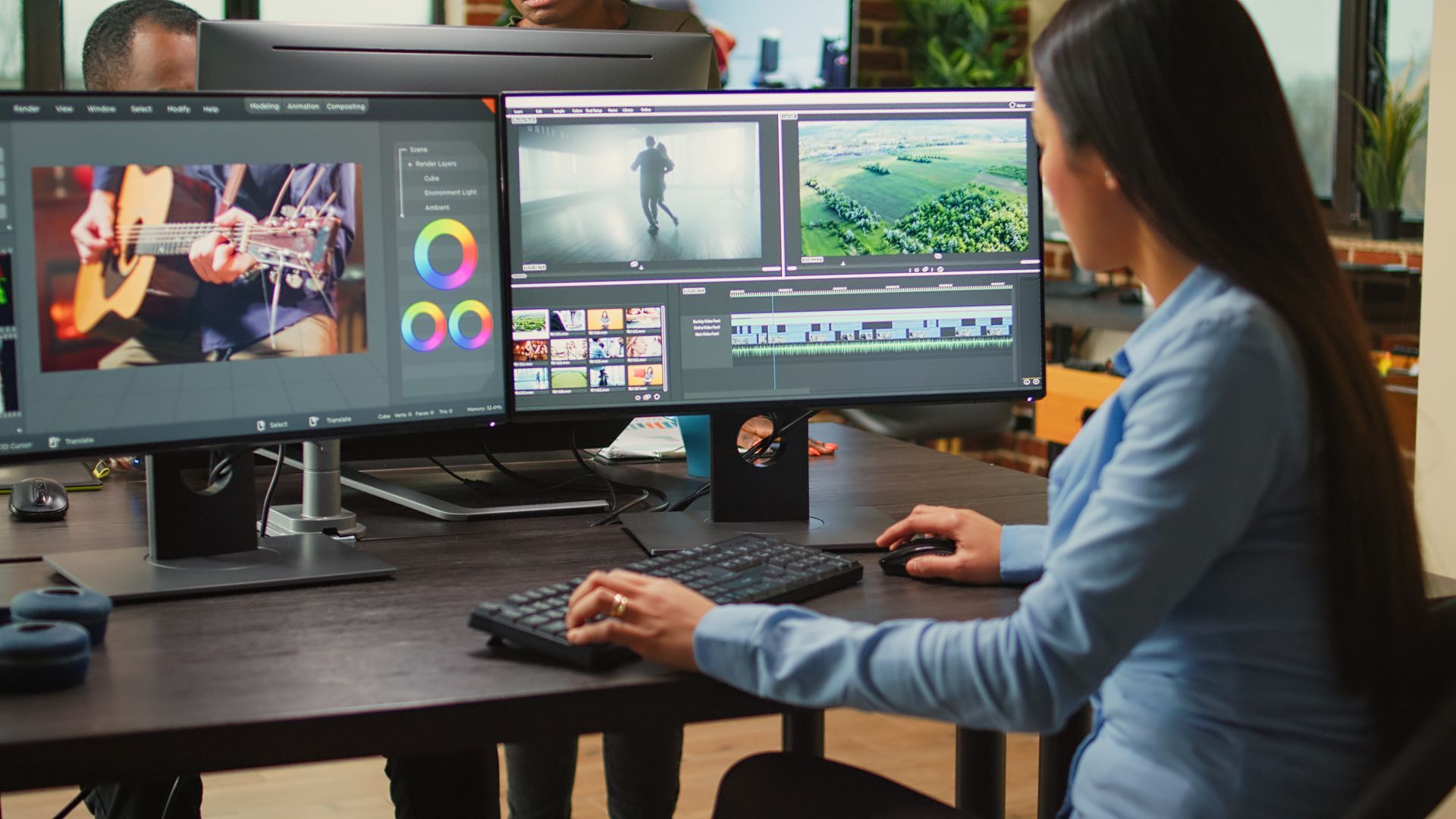
Frequently Asked Questions
What is royalty-free music?
Royalty-free music is music that you can use without paying ongoing royalties to the original creator. You might need to pay an initial fee to access the music, but then you can use it in your projects without any further payments.
How can I avoid copyright issues when adding music to my video?
To avoid copyright issues, always use music that you have rights to. This could be music you've created yourself, music you've paid for, or royalty-free music. Always read and understand the licensing agreement before using the music.
What software can I use to add music to my videos?
There are several video editing software options available. For beginners, user-friendly options like iMovie or Windows Movie Maker can be good. Consider software like Adobe Premiere Pro, Final Cut Pro, or DaVinci Resolve if you want more advanced control.
How can I sync the music with my video?
Syncing music with your video involves aligning the music with the video's scenes on the timeline in your video editing software. The aim is to make sure the mood of the music matches the mood of the scene at any given point.
The music in my video is too loud, what can I do?
If the music in your video is too loud, you can adjust the volume in your video editing software. Most software allows you to easily lower the volume of the music track to ensure it doesn't overpower the other audio in your video.
Can I use popular songs in my videos?
You can only use popular songs in your videos with the appropriate permissions or licenses. Popular songs are often copyrighted, so using them without permission can lead to copyright infringement issues. Always ensure you have the right to use a song before adding it to your video.
How can I learn more about video editing?
There are many ways to learn more about video editing. Online tutorials, YouTube videos, and online courses are great resources. You can also read books on the subject or even take a class at a local community college. Practice is also key - the more you edit, the more you learn.
References and Additional Resources
Here are some resources to help you further.
A. Links to Free and Paid Music Libraries
B. Recommendations for Video Editing Tutorials
• Adobe Premiere Pro Tutorials on Adobe's Official Website
• Final Cut Pro Tutorials on Apple's Official Website
• iMovie Tutorials on Apple's Official Website
• YouTube tutorials by creators like Peter McKinnon and Cinecom.net
C. Resources for Further Learning About Video and Music Editing
• "The Technique of Film and Video Editing" by Ken Dancyger
• "In the Blink of an Eye" by Walter Murch
• "Master Shots" by Christopher Kenworthy • Online courses on platforms like Coursera and Skillshare
Remember, this is a journey. It may seem overwhelming initially, but take it one step at a time. Each step you take is progress. Keep practicing, keep learning, and most importantly, keep having fun. Happy editing!

Get total clarity on your video marketing and paid media with our FREE comprehensive data audit.



